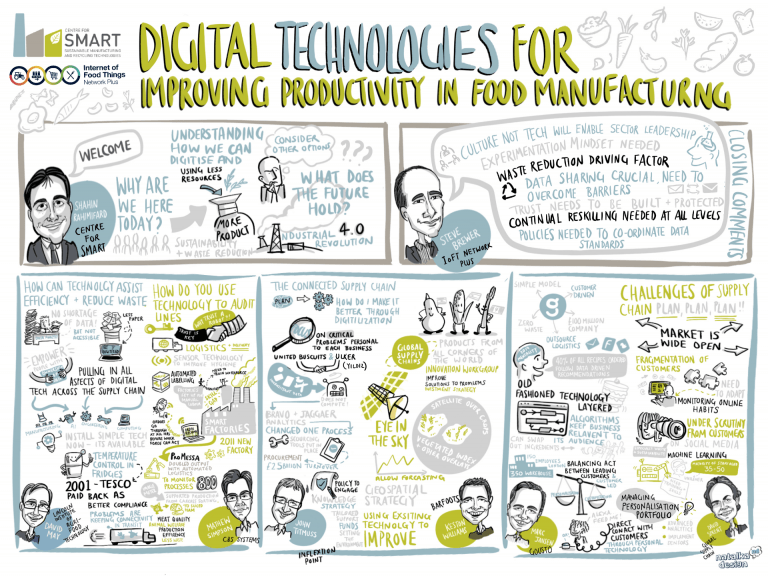Pilot project: use of sensors to improve pig productivity
By Rachel Norman and Jason Adair
We were delighted to receive funding from the Internet of Food things Network which allows us to apply statistical and machine learning methods to sensor datfrom a pig farm. We are based in the Computing Science and Mathematics Department (CS&M) at the University of Stirling
(https://www.stir.ac.uk/about/faculties/natural-sciences/our-research/computing-science-and-mathematics-research/) . Within Stirling we have Rachel Norman (@AFSRachel https://www.stir.ac.uk/people/255946) who is Professor of Food Security and Sustainability, Richard Connor (https://www.stir.ac.uk/people/939088) who is Professor of Computing Science and our postdoc Jason Adair (https://www.stir.ac.uk/people/256928) . We are working with collaborators at the Agricultural Engineering Precision Innovation Centre (Agri-EPI Centre) in Edinburgh (https://www.agri-epicentre.com/) and the Scottish Pig Producers association (http://www.scottishpigs.coop/).
Whilst much of the research in CS&M is interdisciplinary in nature, this is the first time we have worked with the pig sector, and so this project gives us an excellent opportunity to learn more about this production system. We started out with a meeting at the Agri-Epi centre in which we discussed all of the types and sources of data available at one of their satellite pig farms. This ranges from high tech data from state-of-the-art 3D cameras which estimate pig weight, to handwritten bits of paper which record the average batch weights at two points in their growth cycle. It also includes environmental data from sensors in the sheds which record temperature, humidity and ammonia levels; data on what and how much they eat each day; abattoir data on the weight and quality of each of the 180 carcasses produced each week, and data from the farm’s very own weather station. This meeting was followed quickly by a _very_ early morning run up to the farm to see what the data looked like in the flesh.

It was great to have the opportunity to ask lots of questions about how data is currently used on the farm, and what we could do to help. So, although it is early days, we are looking forward to collating the data from different sources and trying to decide whether the sensors could be used as a management as well as a monitoring tool. It’s early days but it certainly won’t be boaring!


